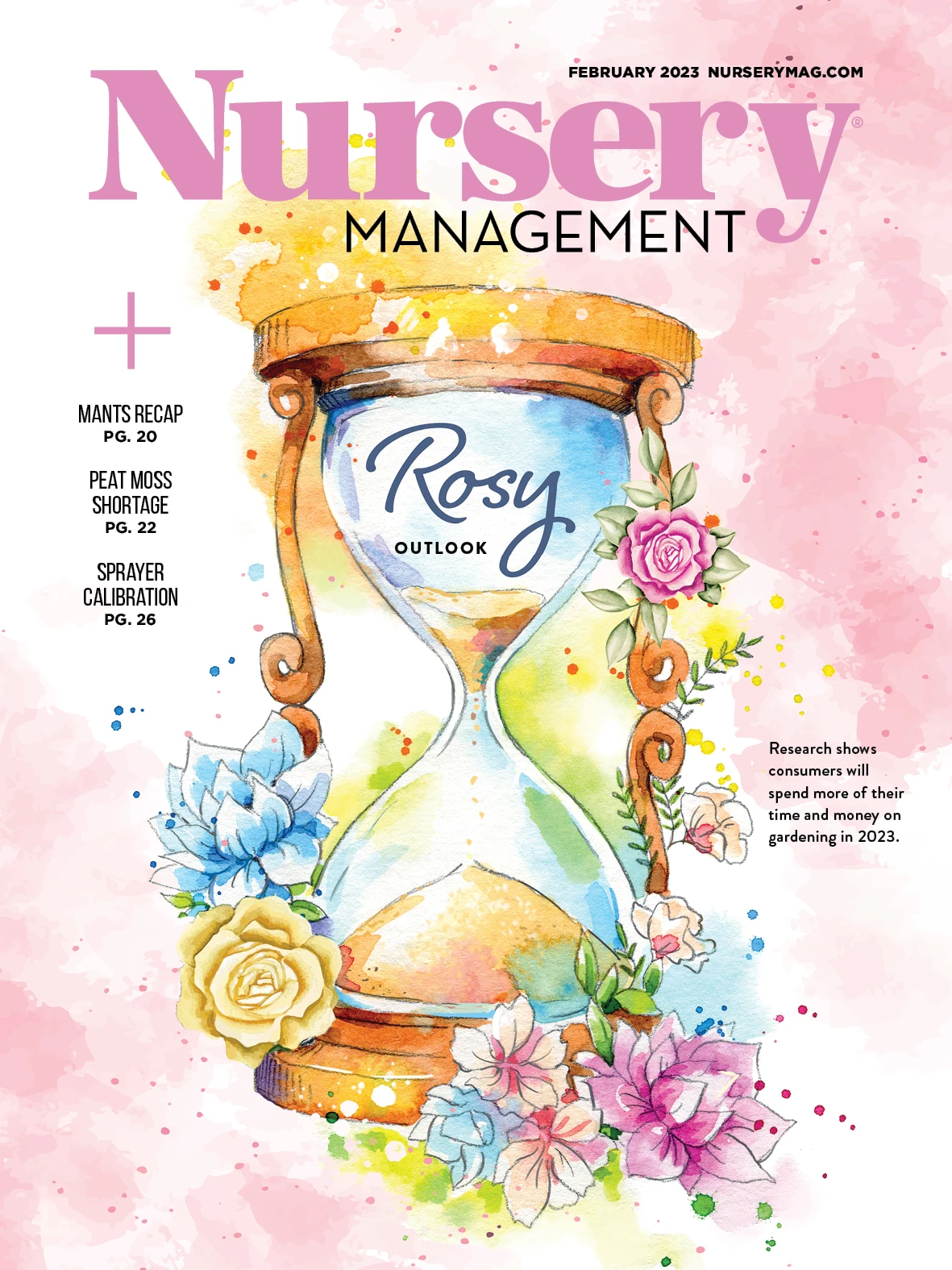
.jpg)
Introduced domestically into cultivation in 1923, this maple species is still not commonly available. This is likely due to a complex seed dormancy and limited success with cuttings. Greenish-yellow, spring flowers are in clusters of three (hence the common name) and the compound, dark green leaves emerge quickly. Shallow rooted, this maple prefers moist, acidic, well-drained soils but is drought-tolerant once established and has exhibited some salt tolerance. Overly damp or compacted soils should be avoided. While part sun is preferred, full sun is acceptable in northern ranges and if moisture is consistent to avoid leaf scorching. Three-flower maple has very few insect or disease problems although it can be affected by verticillium wilt. The ideal planting time for this species is either spring or fall.
The warm brown, furrowed bark is noticeably striking with vertical strips peeling to reveal an orange-brown inner bark. Exfoliation is very prominent, particularly on younger specimens. I’ve seen single and multi-stemmed versions of this plant and most come with lower branching intact. Trim as needed although consider the potential value of that lower canopy for screening. The icing on the cake is that this tree has also received an Award of Garden Merit (AGM) from the Royal Horticultural Society (RHS) which is no small matter.
Why grow Acer trilforum?
- Hardy and durable in a wide range of soils and settings
- Amazing orange-red fall color (3-4 weeks), even in partly shaded locations
- Beautiful furrowed, peeling bark
- Solid performing understory tree


Explore the February 2023 Issue
Check out more from this issue and find your next story to read.
Latest from Nursery Management
- A letter from the sponsor: Janna Beckerman, Envu
- John Ruter shares UGA's latest woody and herbaceous ornamental plant breeding projects
- Voting now open for National Garden Bureau's 2026 Green Thumb Award Winners
- Conor Foy joins EHR's national sales team
- Pantone announces its 2026 Color of the Year
- Syngenta granted federal registration for Trefinti nematicide/fungicide in ornamental market
- Get to know Kayela Aeppli
- HILA 2025 video highlights: John Gaydos of Proven Winners





